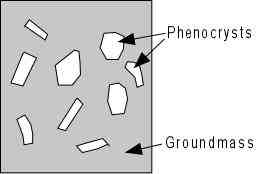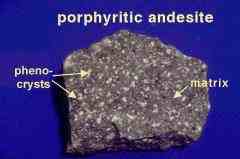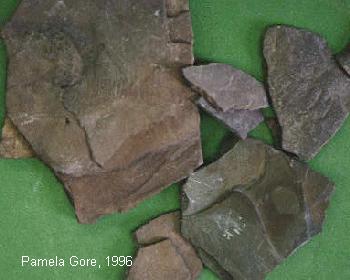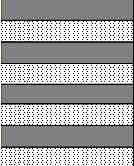Time required:
Approximately 1.5 hours including walking time.
Purpose:
Introduce basic geological concepts such as the difference between igneous and sedimentary rocks by demonstrating rock texture and mineral composition, which influence the weathering products, and in the sedimentary rocks the idea of sedimentary layering (‘lamination’). Due to the lack of suitable exposure of the sedimentary rocks along the nature trail, reference hand samples have been collected for both major geological types and will be available for use in demonstrating the differences between rock types.
This activity is best done in tandem with the Soil Activity Sheet.
Materials:
Rock samples
Geology Map
Pen/Pencil to record answers
Hand lenses for looking at the minerals within the rock (optional)
Preparation & Assumed Knowledge:
Students should be introduced to the idea that there are several major rock types (igneous, sedimentary and metamorphic) as well as to the concept of volcanic rocks . The idea that rocks are made up of different minerals and the relative resistance of these minerals to decomposition should also be introduced. This activity is suited to an intermediate to advanced level of knowledge.
Further Information:
For further geology-related resources and activities you may like to contact the Education Centre at Geoscience Australia.
Key Learning Outcomes:
Students should:
Understand that rocks are made up of different minerals
Be able to distinguish igneous from sedimentary rocks
SITE 1
Bedrock exposed in the erosion gully near Caswell Drive, roughly 20 m from the fence near where the bike path crosses the gully
(as per Soil SITE 1).

This site is characterised by large rounded outcrops of a blue-grey coloured igneous volcanic rock called ‘dacite’ (pronounced ‘day-site’), which is part of the Mount Painter Volcanics. These are ‘intrusive’ volcanic rocks formed within the Earth, and are NOT the same as ‘extrusive’ volcanic rocks that are formed by volcanoes at the Earth’s surface (e.g. lava that formed the Hawaiian Islands).
The texture of a rock describes the size and distribution of minerals within it. This rock type has a ‘porphyritic’ texture, meaning it is composed of at least two minerals having a large difference in grain size.

The bigger grains are termed phenocrysts and the finer grains are either called the ‘matrix’ or ‘groundmass’ (see the drawing and picture right). The large grains (phenocrysts) in this rock are made up of light coloured or white minerals called ‘quartz’ and feldspar’.
The very small minerals that make up the ‘matrix’ are composed mainly of a dark mineral called ‘hornblende’. When this rock breaks down, the quartz essentially stays as it is, and will eventually just become sand in the soil. On the other hand, the feldspar and hornblende decompose to clay.
SITE 2

As you walk up the hill following the nature trail have a look at the ground. In places there are large bits of rock sticking out of the ground. These are small outcrops of the sedimentary rocks that make up the hill.
The rock outcrops are made up of two different types of sedimentary rocks. On the western side of the hill the rocks are mainly made up of grey coloured shale (see picture right), which shows distinct layering (lamination).

The rocks on the eastern side are sandstone (see picture right), siltstone, shale and mudstone.
© Andrew Alden 2000 2003


All of these rocks were formed at the bottom of the ocean over 430 million years ago (well before the dinosaurs!) by layers of sand, silt and clay being laid down on top of each other like you see in the picture below. If you look at some of the hand specimens you can see the layers in them.
The different sedimentary rocks are made up of very small grains of light coloured minerals, some of which (like ‘quartz’) are the same as in the volcanic rock you saw earlier. The difference is that these sedimentary rocks are made up of lots of quartz, which turns into sand when the rock breaks down.
This activity worksheet can be viewed and downloaded from here.